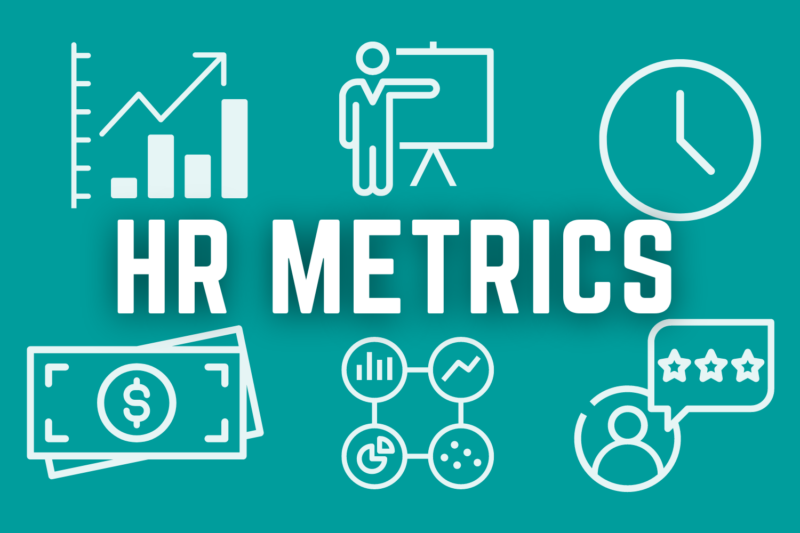The role of Human Resources (HR) in a modern organization extends beyond hiring, onboarding, and dealing with employee-related issues. Indeed, the strategic importance of HR has significantly expanded, playing a pivotal role in the development of organizational strategies that drive operational success.
HR professionals are now expected to work with data and derive insights to help shape organizational initiatives and influence decision-making processes.
This evolving dynamic brings to the fore the significance of HR metrics – understanding and effectively utilizing HR metrics can be instrumental in augmenting organizational performance. The insights provided by these metrics can empower companies to foster a high-performance culture, optimize productivity, and ensure overall business sustainability.
What are HR Metrics?

HR metrics are quantifiable values that provide insights into how HR’s various functions contribute to the organization’s objectives. They help measure the effectiveness and efficiency of HR initiatives and policies, thereby informing strategic decision-making.
A comprehensive understanding of human resources roles is critical to understanding how these metrics drive organizational performance.
Key HR Metrics
There’s a plethora of HR metrics, but for the purpose of this article, let’s focus on a few key ones:
- Turnover Rate: This metric indicates the number of employees who leave an organization within a given period. A high turnover rate often signifies issues with employee engagement, workplace culture, or job satisfaction.
- Time to Fill: This measures the duration between a job posting and the role being filled. A shorter time to fill often suggests an efficient recruitment process, while a longer time may indicate challenges in sourcing qualified candidates or procedural bottlenecks.
- Cost per Hire: This involves the total costs associated with hiring a new employee, including recruitment, onboarding, and training expenses. Monitoring this metric helps organizations optimize their hiring process and budgeting.
- Employee Engagement Score: This measures the level of employee engagement within an organization. Higher engagement scores are linked to better productivity, reduced turnover, and improved organizational performance.
- Training Effectiveness: This metric evaluates the impact of training and development programs on employees’ performance. High training effectiveness usually signifies a skilled and capable workforce.
Leveraging HR Metrics for Organisational Performance

Now, let’s delve into how these metrics can be used to enhance organizational performance.
Boosting Employee Retention
By closely monitoring the turnover rate, HR can identify trends and issues that contribute to employee attrition. Based on the insights, organizations can devise targeted strategies, like improving workplace culture or compensation plans, to increase employee retention and reduce hiring costs.
Optimizing the Recruitment Process
Tracking the time to fill and cost per hire provides invaluable insights into the efficiency of the recruitment process. Organizations can then streamline their hiring strategies, from improving job advertisements to adopting innovative sourcing techniques, to attract and hire suitable candidates promptly and cost-effectively.
Enhancing Employee Engagement

A high employee engagement score is a strong indicator of an involved and motivated workforce. HR can use this metric to guide initiatives that boost morale and productivity, such as recognition programs, flexible work arrangements, and team-building activities.
Investing in Employee Development
The training effectiveness metric helps HR evaluate the return on investment of training programs. This enables organizations to focus on training and development initiatives that genuinely improve skills, boost employee performance, and contribute to organizational growth.
Conclusion

In conclusion, HR metrics offer crucial insights that allow organizations to make informed, strategic decisions. By leveraging these metrics, companies can create a vibrant and productive work environment that promotes organizational performance.
To truly harness the power of HR metrics, an in-depth understanding of human resources roles and their strategic potential is necessary. In this dynamic business environment, data-driven HR is not just an option – it’s an imperative.

